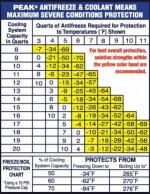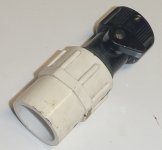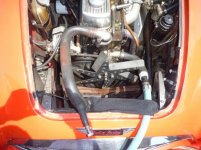Offline
I understand that water is a better coolant than antifreeze. Therefore if cooling were the only consideration, we'd run with pure water. However, we need protection against freezing and the water pump lubrication provided by antifreeze. So my question is, if we're not that worried about freezing, such as in the mild climate where I live and where my cars are not left outside overnight anyway, what's the minimal percentage of antifreeze in the coolant to provide adequate water pump lubrication?
I know that the default answer to the question of the best water-to-antifreeze ratio is 1:1 (50/50), but here in a mild climate that seems like overkill for freezing protection and accepting a loss in cooling capacity by reducing the ratio of water when it could be, say, 20 percent antifreeze and 80 percent water.
Your thoughts?
I know that the default answer to the question of the best water-to-antifreeze ratio is 1:1 (50/50), but here in a mild climate that seems like overkill for freezing protection and accepting a loss in cooling capacity by reducing the ratio of water when it could be, say, 20 percent antifreeze and 80 percent water.
Your thoughts?

 Hi Guest!
Hi Guest!

 smilie in place of the real @
smilie in place of the real @
 Pretty Please - add it to our Events forum(s) and add to the calendar! >>
Pretty Please - add it to our Events forum(s) and add to the calendar! >> 






